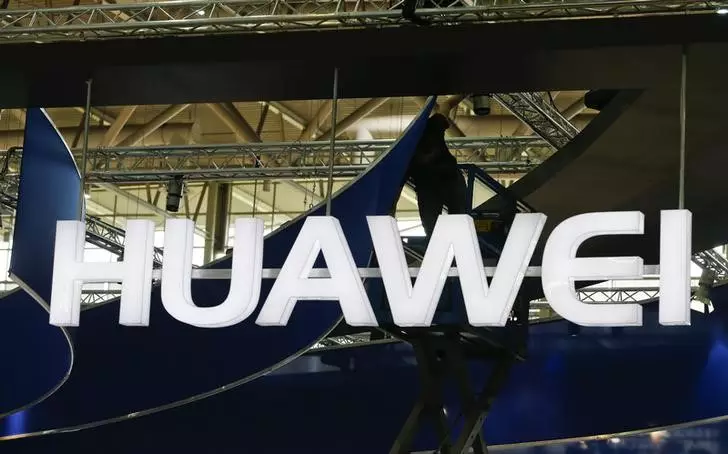The latest high-end smartphone from Huawei has brought to light the increasing involvement of Chinese suppliers in the production of the device. A teardown analysis conducted by online tech repair company iFixit and consultancy TechSearch International revealed a significant shift towards greater reliance on domestic components in Huawei’s Pura 70 Pro. This trend underscores China’s progress towards achieving technology self-sufficiency, a goal that has become increasingly important amid growing trade frictions between the U.S. and China.
The examination of the Huawei Pura 70 Pro uncovered a NAND memory chip believed to be packaged by Huawei’s in-house chip unit, HiSilicon. In addition, several other components within the phone were found to be sourced from Chinese suppliers, indicating a higher degree of domestic content compared to previous models like the Mate 60. This strategic move towards using more Chinese-made components reflects Huawei’s commitment to achieving self-sufficiency in technology production.
One of the standout features of the Pura 70 Pro is its advanced processing chipset, known as the Kirin 9010, developed by Huawei. This chipset represents a significant milestone in Chinese chip manufacturing, showcasing the country’s ability to produce cutting-edge technology independently. While the Kirin 9010 is an improved version of previous chips used in Huawei’s smartphones, its performance and capabilities demonstrate the progress made by Chinese manufacturers in the semiconductor industry.
Unlike earlier models that relied on components from South Korean suppliers such as SK Hynix, the Pura 70 Pro incorporates a flash memory chip likely packaged by Huawei’s HiSilicon unit. This shift towards using locally sourced memory components highlights Huawei’s efforts to reduce its dependence on foreign suppliers and enhance its supply chain resilience. The presence of Chinese-made NAND flash memory chips with comparable specifications to those from major global producers signifies China’s growing competitiveness in the memory market.
Analysis of the processor used in the Pura 70 Pro suggests that Huawei has made incremental improvements in its chip production capabilities. The processor, similar to the one used in the Mate 60 series, was produced in collaboration with Chinese partners using advanced manufacturing processes. While there have been concerns about the impact of U.S. sanctions on Chinese chipmakers, Huawei’s ability to maintain technological progress in chip manufacturing demonstrates the resilience of China’s semiconductor industry.
As Huawei continues to innovate and strengthen its position in the high-end smartphone market, the role of Chinese suppliers in its supply chain is likely to become even more prominent. The company’s dedication to technology self-sufficiency and the development of indigenous semiconductor capabilities will shape the future of China’s tech industry. Despite external challenges and restrictions, Huawei remains a key player in driving innovation and advancing the country’s technological prowess on the global stage. The rise of Chinese suppliers in Huawei’s latest high-end phone underscores a new era of self-reliance and innovation in China’s tech sector.

